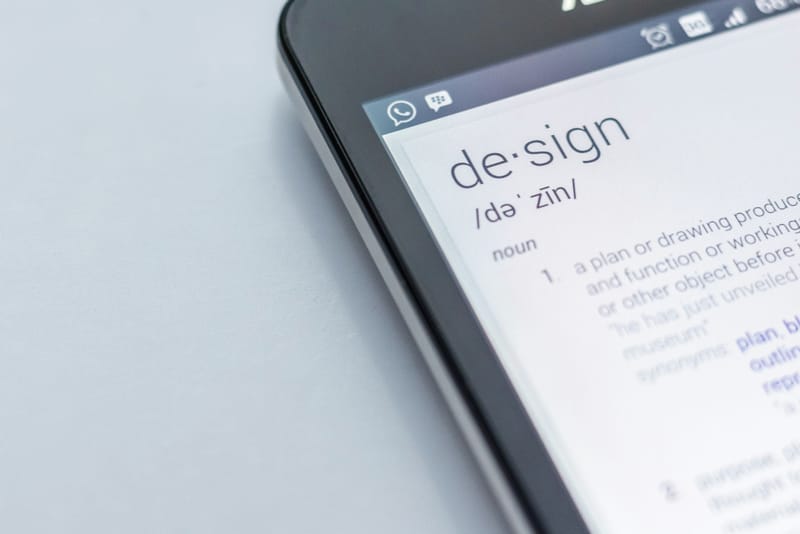The Role of Negative Space in Logo Design for Websites
Negative space, also known as white space, plays a crucial role in logo design for websites. This article explores the importance of negative space in creating memorable, scalable logos that work effectively across various screen sizes and contexts. We'll delve into techniques for utilizing negative space to enhance logo design, improve readability, and create visually striking emblems that leave a lasting impression. By mastering the art of negative space in logo design, web designers can craft unique, versatile logos that stand out in the digital landscape and effectively represent brands across different platforms and devices.Table of Contents:

Understanding Negative Space in Logo Design
Negative space refers to the empty or unoccupied areas within and around design elements. In logo design, it's the space that surrounds and defines the main subject or positive space. Effective use of negative space can create visually appealing logos that are both memorable and functional.When designing logos for websites, negative space becomes even more critical due to the varied contexts in which the logo will appear. From favicon sizes to full-screen displays, a well-designed logo must maintain its integrity and readability across all screen sizes and resolutions. Mastering the use of negative space allows designers to create logos that are not only visually striking but also highly adaptable to different digital environments.
Do you need a website? Want to build a website but don't know where to start? Our website builder is the perfect solution. Easy to use, and with the ability to customize to fit your business needs, you can have a professional website in no time.
The Benefits of Utilizing Negative Space in Web Logos
Incorporating negative space in logo design for websites offers several advantages. Firstly, it enhances the logo's simplicity and scalability, ensuring that it remains recognizable even at small sizes, such as in mobile navigation menus or browser tabs. Secondly, clever use of negative space can create dual imagery or hidden meanings, adding depth and intrigue to the logo design.Moreover, negative space helps improve the logo's overall balance and composition, making it more visually appealing and easier to remember. In the context of website design, a well-balanced logo can contribute to the overall aesthetic harmony of the site, enhancing user experience and brand perception. Lastly, effective use of negative space can make logos more versatile, allowing them to work well on various backgrounds and in different color schemes, which is crucial for maintaining brand consistency across different web pages and digital platforms.
Techniques for Creating Memorable Logos with Negative Space
To create memorable logos using negative space, designers can employ several techniques. One popular approach is to incorporate hidden elements or double meanings within the negative space. This creates a visual puzzle that engages viewers and makes the logo more memorable.Another technique is to use negative space to create contrast and emphasis. By carefully balancing positive and negative space, designers can draw attention to specific elements of the logo, making it more impactful. Additionally, using negative space to create simple, geometric shapes can result in logos that are both modern and timeless.
Experimenting with figure-ground relationships is another effective technique. This involves creating designs where the negative space forms recognizable shapes or symbols, adding layers of meaning to the logo. Finally, using negative space to create letterforms or typography can result in unique and memorable wordmarks that stand out in the digital landscape.
Building a website with SITE123 is easy
Ensuring Scalability in Web Logo Design
Scalability is a crucial consideration when designing logos for web use. To ensure that logos remain effective across different screen sizes, designers should focus on simplicity and clarity in their use of negative space. Avoid intricate details that may be lost when the logo is scaled down, and instead opt for bold, clean lines and shapes.Testing the logo at various sizes is essential. A well-designed logo should be recognizable and maintain its integrity whether it's displayed as a small favicon or a large hero image on a website. Pay special attention to how negative space behaves at different scales, and make adjustments as necessary to preserve the logo's impact and readability.
Consider creating multiple versions of the logo for different contexts. This might include simplified versions for small displays or monochrome versions for specific applications. By planning for various use cases, designers can ensure that the logo remains effective and on-brand across all digital touchpoints.
Adapting Logos for Different Web Contexts
Web logos need to work in various contexts, from headers and footers to social media profiles and email signatures. When designing with negative space, consider how the logo will appear in these different environments. For instance, a logo with ample negative space may work well in a website header but might need adjustments for use as a social media profile picture.Color is another important consideration. While negative space is often associated with white, it can be any color. Design logos that work well on both light and dark backgrounds by carefully considering the interplay between positive and negative space. This versatility is crucial for maintaining brand consistency across different web pages and platforms.
Responsive design principles can also be applied to logo design. Consider creating variations of the logo that adapt to different screen sizes and orientations. This might involve adjusting the balance of negative space or simplifying certain elements for smaller displays, ensuring that the logo remains effective and recognizable across all devices.





